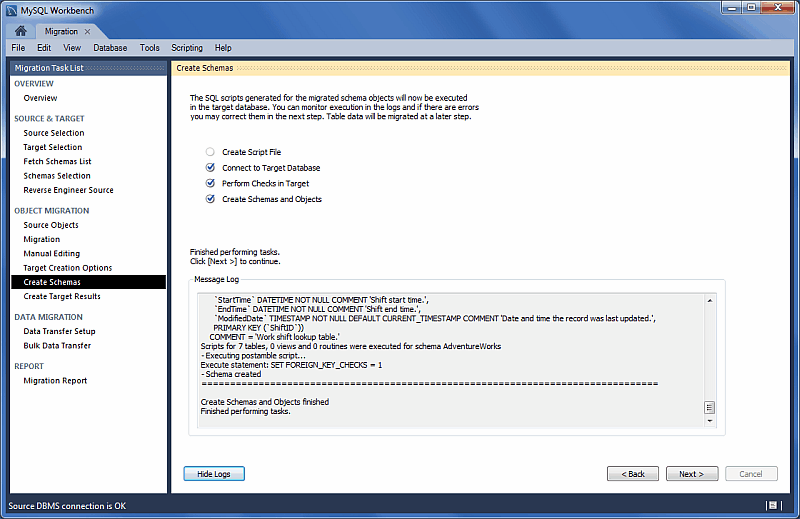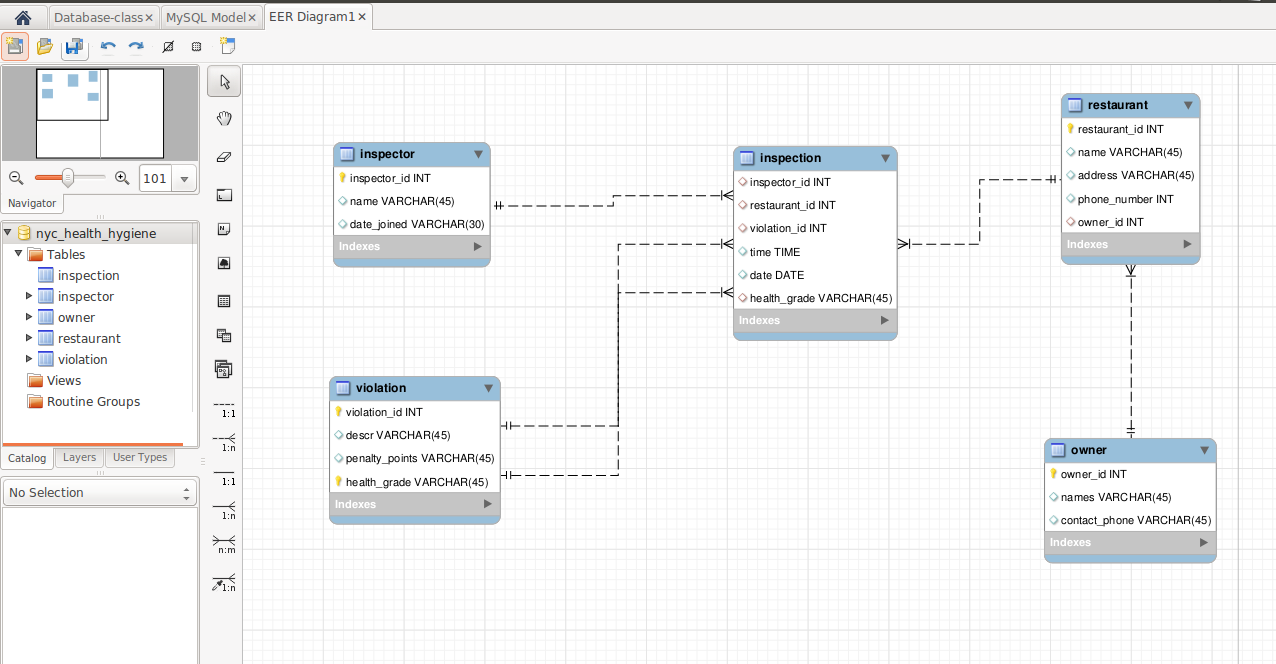

To back up specific tables, click the database name, then select the table you wish to. To back up the entire database, click the Export box in the Tables to Export window. Click the box for the database connection that you just set up. Use the CREATE DATABASE statement to create a new database. Configuring MySQL Workbench to Back up (Export) Your Database.Now, you can work with testdb2 from the MySQL Workbench.

The testdb2 node is open as shown in the following screenshot. Seventh, to select the testdb2 database, (1) right-click the database name and (2) choose Set as Default Schema menu item: If everything is fine, you will see the new database created and showed in the schemas tab of the Navigator section. Note that the CREATE SCHEMA statement command has the same effect as the CREATE DATABASE statement.

Sixth, MySQL Workbench opens the following window that displays the SQL script which will be executed. You need to (1) enter the schema name, (2) change the character set and collation if necessary, and click the Apply button: Creating a new schema also means creating a new database.įifth, the following window is open. From the database home screen ( Figure A ), right-click a. Open MySQL Workbench and connect to your database server. In MySQL, the schema is the synonym for the database. Creating a database The first thing to do is create a database (aka Schema). MySQL Workbench opens the following window which consists of four parts: Navigator, Query, Information, and Output.įourth, click the create a new schema in the connected server button from the toolbar: Third, double-click the connection name Local to connect to the MySQL Server.
Create mysql database workbench password#
You need to (1) type the password for the root user, (2) check the Save password in vault, and (3) click OK button. MySQL Workbench displays a dialog asking for the password of the root user: Second, type the name for the connection and click the Test Connection button. To create a new database using the MySQL Workbench, you follow these steps:įirst, launch the MySQL Workbench and click the setup new connection button as shown in the following screenshot: Launch MySQL Workbench to open the home screen. This statement is part of SQL, which is a special-purpose language for. Enter a name for the schema and for collation choose ‘utf utf8bin’. Right-click on the list of existing Schemas and select Create Schema to create the database schema. You can create a new database using the CREATE DATABASE statement. Open the MySQL Workbench as an administrator (Right-click, Run as Admin). An instance of MySQL server must be installed, started, and accessible to MySQL Workbench before you begin. While you can certainly create your databases via the MySQL Workbench GUI, you will probably find it quicker to create them programatically using the CREATE DATABASE statement. Bye Creating a new database using MySQL Workbench 5.2 Creating A New MySQL Connection (Tutorial) This tutorial adds a new connection that can be either an initial connection or an additional connection.


 0 kommentar(er)
0 kommentar(er)
